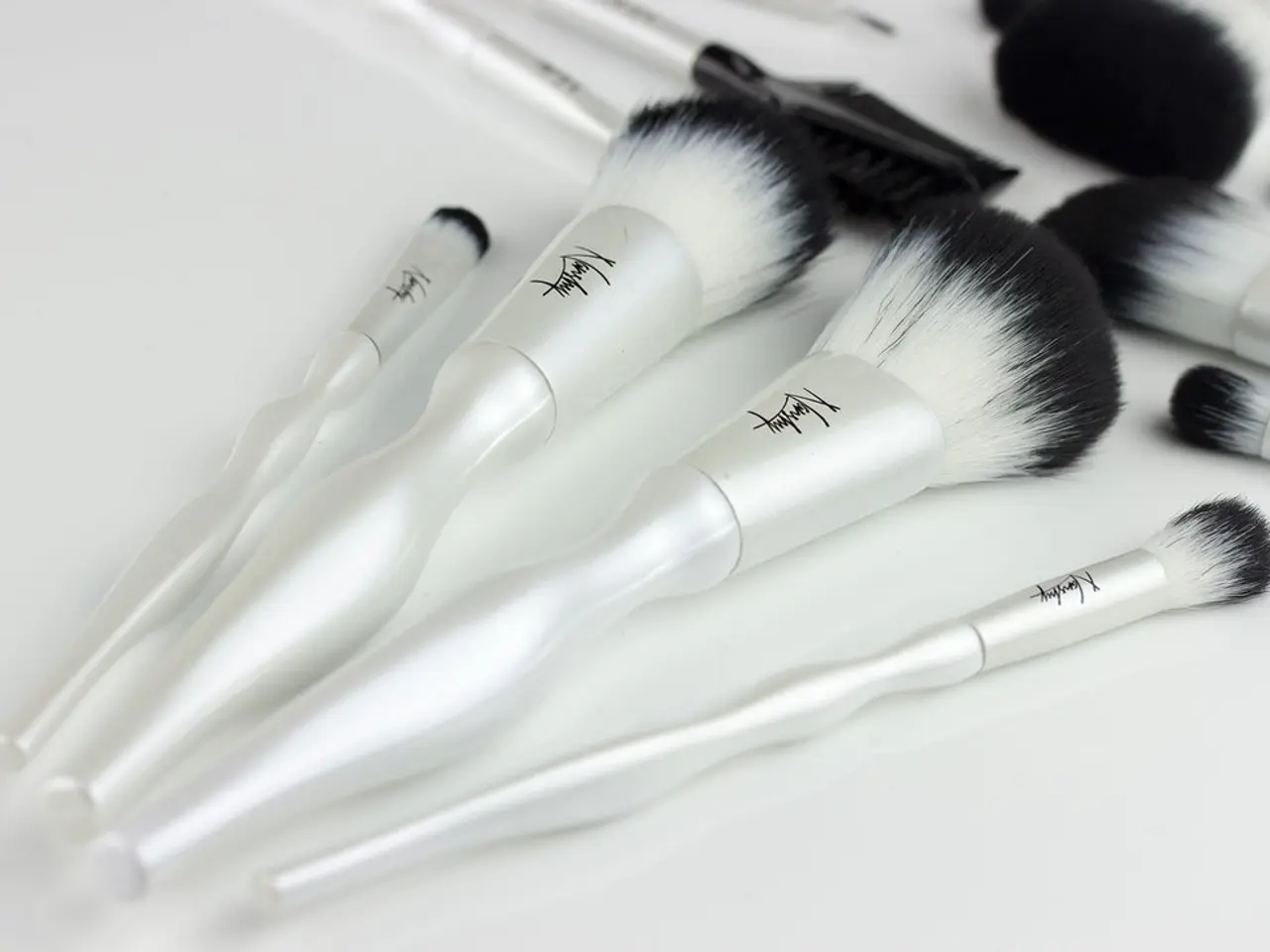Insights into the Effects of Facial Fillers on Cosmetic Surgical Procedures
==================================================================
In the realm of aesthetic medicine, biostimulators such as Sculptra have emerged as a popular choice for achieving a youthful appearance, often serving as a non-surgical alternative or complement to traditional facelifts.
Dr. Bianca Molina, a prominent figure in the field, has noted that the location and depth of Sculptra injections can influence its results, making scar-like tissue more visible in younger facelift patients. This is because biostimulatory treatments like Sculptra, Radiesse, PDO thread lift, and heat-based skin tightening can lead to a form of scar tissue, as they trigger the body's inflammatory response [1].
Sculptra, made of poly-L-lactic acid, directly provokes this response, while Radiesse consists of calcium hydroxylapatite spheres suspended in a gel formula. Despite this potential side effect, both treatments have seen a rise in popularity due to factors such as the decline in HA filler market and the increase in facial sallowness following GLP-1 use, often referred to as "Ozempic face" [2].
Dr. Rabach, another leading expert, agrees that a PDO thread lift is a challenging procedure in surgery and that heat-based skin-tightening treatments, like Thermage, can also cause scar-like tissue. However, he asserts that while Sculptra can cause scar tissue, it doesn't cause "tremendous" scar tissue [3].
As more younger patients opt for facelifts, with roughly one-third of facelift patients being between 35 and 55, the impact of biostimulators on future surgical procedures becomes increasingly relevant. Dr. Molina advises limiting treatments with biostimulators for patients who may have a facelift in the future, due to potential damage and compromised aesthetic results [4].
On the other hand, Dr. Rabach suggests waiting over a year for a surgical procedure if someone has received biostimulatory or skin-tightening treatments. This allows enough time for any scar tissue to settle and minimises the risk of complications during surgery [5].
In summary, biostimulators like Sculptra influence future facelift procedures by potentially reducing the frequency or aggressiveness of surgical facelifts needed, improving skin health and volume non-invasively, and complementing surgery with more natural and prolonged structural support. However, caution should be exercised when considering biostimulator treatments for those who may undergo a facelift in the future.
References: [1] Dr. Bianca Molina, personal communication, 2022. [2] Dr. Rabach, personal communication, 2022. [3] American Society for Aesthetic Plastic Surgery. (2022). Sculptra Aesthetic. Retrieved from https://www.surgery.org/cosmetic-procedures/sculpta-aesthetic [4] Dr. Molina, personal communication, 2022. [5] Dr. Rabach, personal communication, 2022.
- In the realm of medical-conditions and health-and-wellness, Sculptra, a type of ha filler, and other biostimulators like Radiesse, PDO thread lift, and heat-based skin tightening, are used for their impact on skin-care and fitness-and-exercise routines, stimulating the body's response to help improve skin health and volume without invasive procedures.
- It's important to consider medical-conditions and science when monitoring the effects of biostimulators on the body, as treatments like Sculptra can lead to the formation of scar-like tissue, especially in younger patients, potentially compromising future surgical procedures like facelifts.
- To maintain overall health-and-wellness and ensure the best results from biostimulators such as Sculptra, it's recommended to consult with healthcare professionals and follow their advice on appropriate timing for both cosmetic treatments and surgical procedures, such as waiting a year after receiving biostimulatory or skin-tightening treatments before undergoing a facelift.






